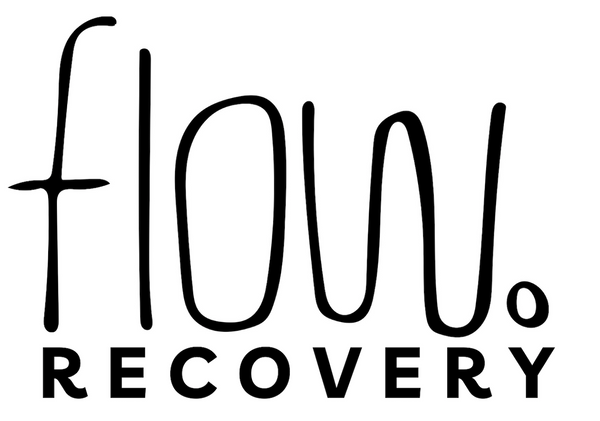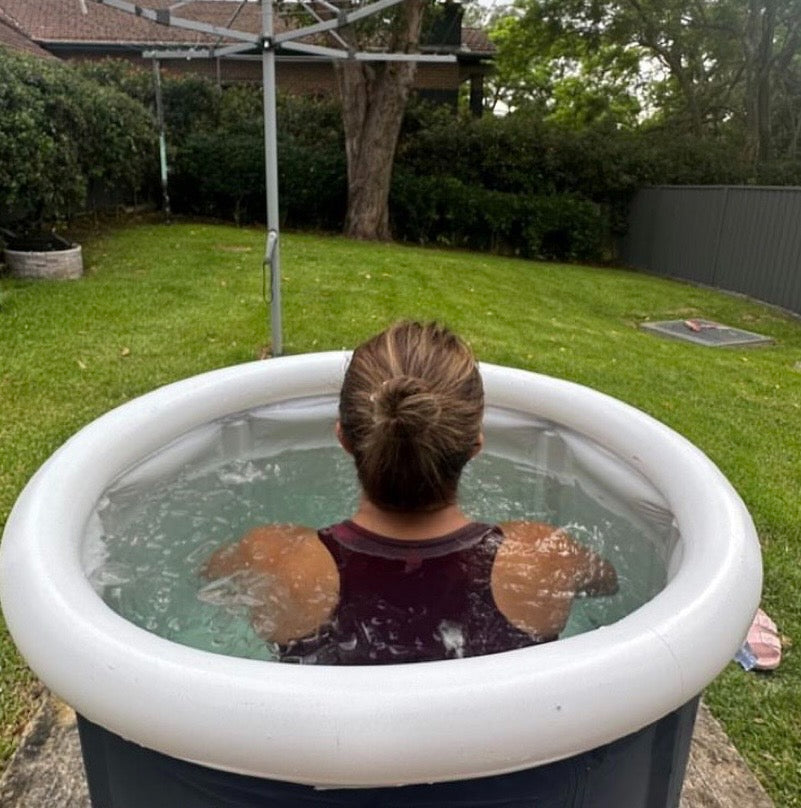Key Takeaways:
- Fear is normal. Everyone feels nervous before stepping into the cold. The key is to start small and breathe through the discomfort.
- Your body adapts fast. The initial shock fades quickly as your system learns to stay calm and balanced.
- Breathing is everything. Slow, steady nasal breathing helps control your mind and keeps your body relaxed during exposure.
- Start simple, stay consistent. Begin with short cold showers or brief dips. Over time, your comfort and confidence will grow naturally.
- Community makes it easier. Sharing the journey with others helps you stay motivated, supported, and inspired.
- Cold exposure builds more than recovery. It strengthens resilience, improves mental clarity, and teaches emotional balance.
- Small wins matter. Every time you face the cold, you train your mind to stay strong under pressure.
- It’s a journey, not a competition. Progress at your own pace, every second in the cold counts.
- Combine breath and recovery. Mindful breathing and cold therapy work together to build both physical and emotional strength.
Cold exposure may look simple from the outside, you sit in ice-cold water, breathe deeply, and try to stay still. But anyone who has ever tried it knows that it’s not as easy as it seems. The first dip takes courage. Your body resists instantly, your mind tells you to get out, and the fear feels real and overwhelming.
That fear, however, is completely normal. Everyone who starts cold therapy experiences it in the beginning. The good news is that fear doesn’t last forever. With a little understanding, patience, and support, it slowly fades away, and in time, it can even turn into excitement.
Why Cold Exposure Feels Scary
Let’s be honest, stepping into freezing water goes against our natural instincts. Our bodies are wired to stay warm and comfortable, so when we suddenly feel the shock of the cold, the brain immediately sends out an alarm. Heart rate spikes, breathing quickens, and muscles tighten.
This is the body’s built-in fight-or-flight response. It’s not weakness, it’s pure biology. Your system thinks it’s in danger and reacts accordingly. But here’s the key: when you stay calm, breathe slowly, and ride through those first few moments, something incredible happens. The panic starts to fade, your focus sharpens, and the fear loses its grip.
Understanding What’s Happening in Your Body
During the first minute of cold exposure, your body goes into full alert mode. Adrenaline surges, blood rushes toward your vital organs, and your heart begins to beat faster. It’s your body’s way of saying, “Hold on, we’ve got this.”
After those initial moments, your system starts to settle. Breathing slows, the mind quiets down, and you realise something you didn’t expect, you can actually be in the cold. That moment of calm shows that your body is already adapting.
The Breathing Connection
Breathing is your greatest tool against fear. Most people who panic in the cold do so because they lose control of their breath. Focusing on slow, deep nasal breathing changes everything.
Inhale through your nose, exhale slowly through your mouth. Each controlled breath tells your body that it’s safe and not under threat. Over time, this pattern rewires your stress response, not only during cold exposure but in your everyday life as well.
That’s also why we care so much about breathing techniques and tools. Better breathing leads to better recovery, sharper focus, and greater emotional balance. When you combine effective breathing with consistent cold therapy, the results are powerful and long-lasting.
Starting Small
You don’t need to jump straight into a five-minute ice bath. The best approach is to start small and stay consistent. It’s about building confidence, not endurance.
Here’s an easy way to begin:
- Start with regular showers, ending the last 15–30 seconds with cold water.
- Gradually increase the time as your body gets used to the sensation.
- When you’re ready, move to short ice baths, begin with 30 seconds and extend slowly.
- Track your progress, and celebrate each milestone, no matter how small it seems.
Consistency matters far more than duration. The goal isn’t to prove how long you can last, but to build trust with yourself. Each session becomes an act of quiet courage, one that strengthens both body and mind.
The Mind Game
Cold exposure isn’t only a physical challenge, it’s a mental one. Every time you step into the cold, you’re practicing both surrender and strength. You’re teaching yourself to stay composed in discomfort, which is one of the most valuable lessons there is.
Many people describe the cold as a mirror. It reflects your inner state. If you go in tense, the resistance feels greater. But if you enter with calm acceptance, you often find peace in the process.
That’s why cold therapy is as much about mindset as it is about temperature. Over time, you begin to notice a pattern: the way you handle the cold mirrors how you handle life. The practice teaches patience, discipline, and emotional steadiness, qualities that carry far beyond the ice.
The Role of Community
One of the best ways to overcome fear is by not doing it alone. Having a supportive community around you changes everything. When you see others facing the same challenge, something inside you relaxes. The cold no longer feels like an enemy; it becomes a shared experience.

That’s what we believe in. Cold exposure is powerful on its own, but community turns it into something transformative. When people share their first dips, their routines, and their progress, they form real connections. Each story becomes a reminder that it’s okay to be scared, okay to start small, and okay to keep showing up.
Together, we learn to laugh through the shivers and celebrate every little victory. That collective energy transforms fear into motivation, and motivation into lasting growth.
What You Gain From Facing the Cold
The benefits of cold exposure go far beyond physical recovery. Sure, it improves circulation, reduces inflammation, and boosts metabolism, but the real transformation happens on the inside.
After a few consistent sessions, most people notice powerful changes:
- Better sleep and deeper rest.
- More mental clarity and focus.
- Reduced anxiety and improved emotional balance.
- A steady sense of confidence that carries through the day.
Cold therapy strengthens the nervous system, helping it stay calm under stress. It teaches you that comfort isn’t the goal, growth is. And once you experience that, the fear that once held you back begins to look more like freedom.
From Fear to Flow
We’ve seen this transformation countless times. Someone hesitates at the edge of an ice bath, dipping a toe in and pulling back. They try again, a foot, then a leg, until finally, they take the full plunge. There’s a sharp inhale, a flicker of shock, and then, suddenly, a smile.
That’s the moment fear turns into flow. It’s a moment of presence and power, pure awareness. The body is cold, but the mind is alive. And that state is available to anyone who is willing to step in, breathe through it, and trust the process.
Conclusion: Step In, The Cold Is Waiting
Everyone begins with fear, and that’s okay. Fear is part of the journey. The cold is not here to punish you; it’s here to teach you. It rewards patience, courage, and curiosity.
We believe recovery should be simple, accessible, and empowering. With the right tools, mindset, and community, you can turn fear into your greatest strength.
So take that first step. Breathe in deeply. Step forward with confidence. Let the cold remind you what you’re truly capable of.
Ready to begin your cold exposure journey?
Join us and explore our range of recovery tools designed to make your first, and every, session smoother, safer, and more empowering.
Start your journey with us today.
Frequently Asked Questions
-
Is it normal to feel scared before my first ice bath?
Absolutely. Everyone feels nervous before their first dip. The body naturally reacts to cold as a form of stress. With slow breathing and a calm mindset, that fear quickly fades after a few sessions. -
How long should I stay in the ice bath as a beginner?
Start small. Even 30 seconds to 1 minute is enough for your first few times. Focus on your breath rather than time. You can gradually increase the duration as your body adapts. -
How cold should the water be for beginners?
A good starting point is around 10–15°C. It’s cold enough to activate your body’s recovery response but not so cold that it feels unbearable. You can reduce the temperature as your comfort grows. -
What should I do if I start to panic during a session?
That’s completely okay. Just focus on slowing down your breathing. Inhale through your nose, exhale slowly through your mouth. If it feels overwhelming, step out and try again later. Consistency helps your body adjust over time. -
Can cold exposure help with mental health and anxiety?
Yes. Many people find that regular cold exposure helps reduce stress and anxiety. It teaches your body to stay calm under pressure and boosts feel-good hormones like endorphins and dopamine. -
Is cold therapy safe for everyone?
Most healthy people can safely practice cold therapy. However, if you have heart conditions, high blood pressure, or other health issues, it’s best to check with a doctor first. Always listen to your body. -
How often should I do cold exposure?
You can start with 2–3 sessions per week. Some people enjoy daily short cold showers, while others prefer a few ice baths each week. There’s no strict rule, find what works best for your body and schedule. -
What should I do after an ice bath?
Warm up slowly. Towel off, dress warmly, and move around gently. Avoid jumping into hot water immediately after, it can cause dizziness. Let your body warm itself naturally when possible. -
How can community support help me stay consistent?
Having others on the same journey makes a big difference. Sharing progress, struggles, or even a laugh after a cold plunge keeps you motivated. That’s why we love creating spaces where people can connect, learn, and grow together. -
How can I start my cold exposure journey with the right tools?
Start simple. All you need is cold water, steady breathing, and a little courage. We offer easy-to-use recovery gear designed to make your first and every session safe, comfortable, and empowering.


